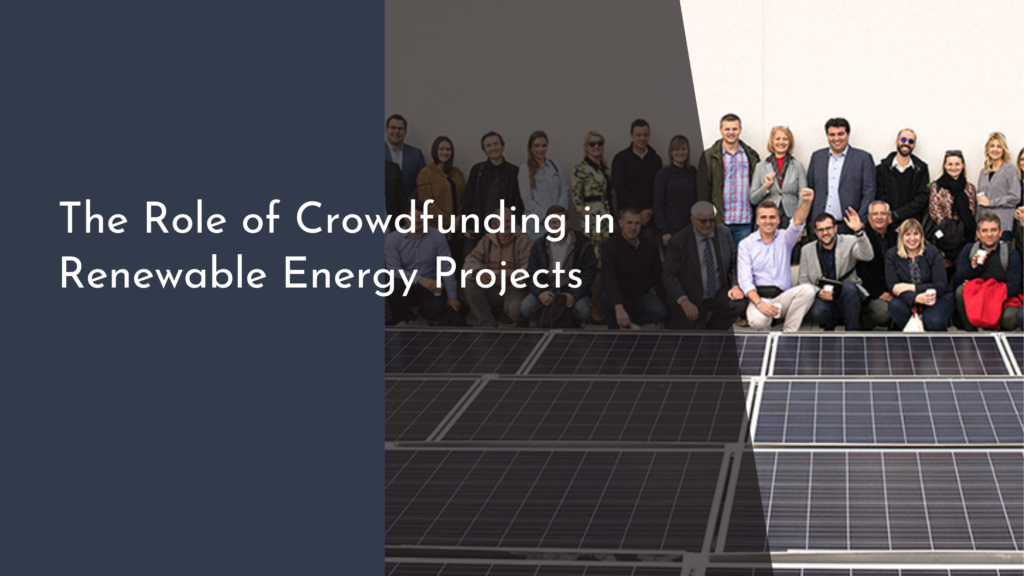Government Incentives for Energy-efficient Upgrades
As global awareness of environmental sustainability grows, energy efficiency has surged to the forefront of both residential and commercial strategies for reducing carbon footprints. Governments around the world recognize the critical role that energy-efficient upgrades play in combating climate change and enhancing resource conservation. As a result, they have introduced a variety of incentives aimed at encouraging individuals and businesses to invest in energy-efficient technologies. This article explores the importance of energy efficiency, the types of government incentives available, how to qualify for these incentives, and tips for maximizing the benefits of energy-efficient upgrades.
Understanding the Importance of Energy Efficiency
Energy efficiency is a crucial component in the global fight against climate change. By reducing the amount of energy required for day-to-day operations, energy efficiency minimizes greenhouse gas emissions and conserves finite resources. Buildings, both residential and commercial, account for a significant portion of energy consumption worldwide, making them prime targets for efficiency improvements. Implementing energy-efficient technologies, such as LED lighting, high-performance HVAC systems, and efficient appliances, can substantially lower energy usage, leading to reduced utility bills and a decreased reliance on non-renewable energy sources.
Furthermore, energy efficiency contributes to economic resilience and energy security. By lowering energy demand, countries can reduce their dependence on foreign energy imports, thereby enhancing national security. Additionally, the economic savings from reduced energy consumption can be redirected towards other vital areas, such as infrastructure development and social services, ultimately improving the quality of life for citizens. The growing awareness of these benefits has prompted governments to introduce a range of incentives aimed at accelerating the adoption of energy-efficient technologies.
Types of Government Incentives Available
Governments provide a variety of incentives to promote energy-efficient upgrades, designed to reduce the financial burden of initial investment and encourage widespread adoption. Tax credits are one popular form of incentive, allowing individuals and businesses to deduct a portion of the cost of energy-efficient improvements from their tax liabilities. These credits often cover a range of technologies, from solar panels and geothermal heat pumps to energy-efficient windows and insulation. By lowering the overall cost, tax credits make it more feasible for homeowners and businesses to invest in sustainable upgrades.
Another common incentive is the offering of rebates and grants, which provide direct financial assistance to cover a portion of the cost of energy-efficient installations. Rebates often come from utility companies or government agencies and can significantly offset expenses related to the purchase and installation of energy-efficient equipment. Additionally, some governments offer low-interest loans specifically for energy-efficient upgrades, providing a financial pathway for individuals and businesses looking to improve their energy efficiency without the burden of high upfront costs.
How to Qualify for Energy-efficient Incentives
Qualifying for energy-efficient incentives typically involves meeting specific criteria set by government agencies or utility companies. For tax credits, individuals and businesses must ensure that the equipment they purchase meets certain energy efficiency standards, often certified by organizations such as ENERGY STAR or the Department of Energy. Detailed documentation, including receipts and product specifications, may be required to claim these credits when filing taxes. It’s essential to stay informed about any updates or changes to qualifying criteria, as these can vary from year to year.
For rebate and grant programs, the qualification process may involve an application detailing the scope and expected impact of the energy-efficient project. Many programs prioritize projects that demonstrate substantial energy savings or innovative approaches to energy efficiency. Understanding the application process and preparing comprehensive documentation can increase the likelihood of securing these financial benefits. Additionally, consulting with energy auditors or contractors experienced in energy-efficient upgrades can provide valuable insights into the qualification process and ensure compliance with program requirements.
Maximizing Benefits and Making the Most of Upgrades
To maximize the benefits of energy-efficient upgrades, it’s crucial to approach projects strategically. Conducting an energy audit is an excellent first step, as it identifies the most significant areas for improvement and provides a roadmap for potential upgrades. By focusing on the areas with the greatest potential for energy savings, individuals and businesses can prioritize investments that offer the most substantial return on investment. Moreover, combining multiple upgrades can amplify benefits, such as pairing insulation improvements with the installation of energy-efficient HVAC systems.
Staying informed about the latest technological advancements and government programs is another way to ensure that you are making the most of energy-efficient upgrades. Emerging technologies and updated incentive programs can provide additional opportunities for savings and efficiency. Engaging with online communities, attending workshops, or consulting with professionals in energy efficiency can provide valuable insights and tips for optimizing your upgrade strategy. By remaining proactive and informed, you can ensure that your efforts yield the maximum possible benefits, contributing to a more sustainable future.
Investing in energy-efficient upgrades is not only a smart financial decision but also a significant contribution to environmental sustainability. Government incentives play a vital role in making these investments more accessible and appealing, encouraging a wider adoption of energy-efficient technologies. By understanding the available incentives, knowing how to qualify, and implementing strategic upgrades, individuals and businesses can reduce their energy consumption, lower their utility bills, and play an essential part in the global effort to combat climate change. With the right approach, energy efficiency can lead to substantial economic savings and a healthier planet for future generations.

